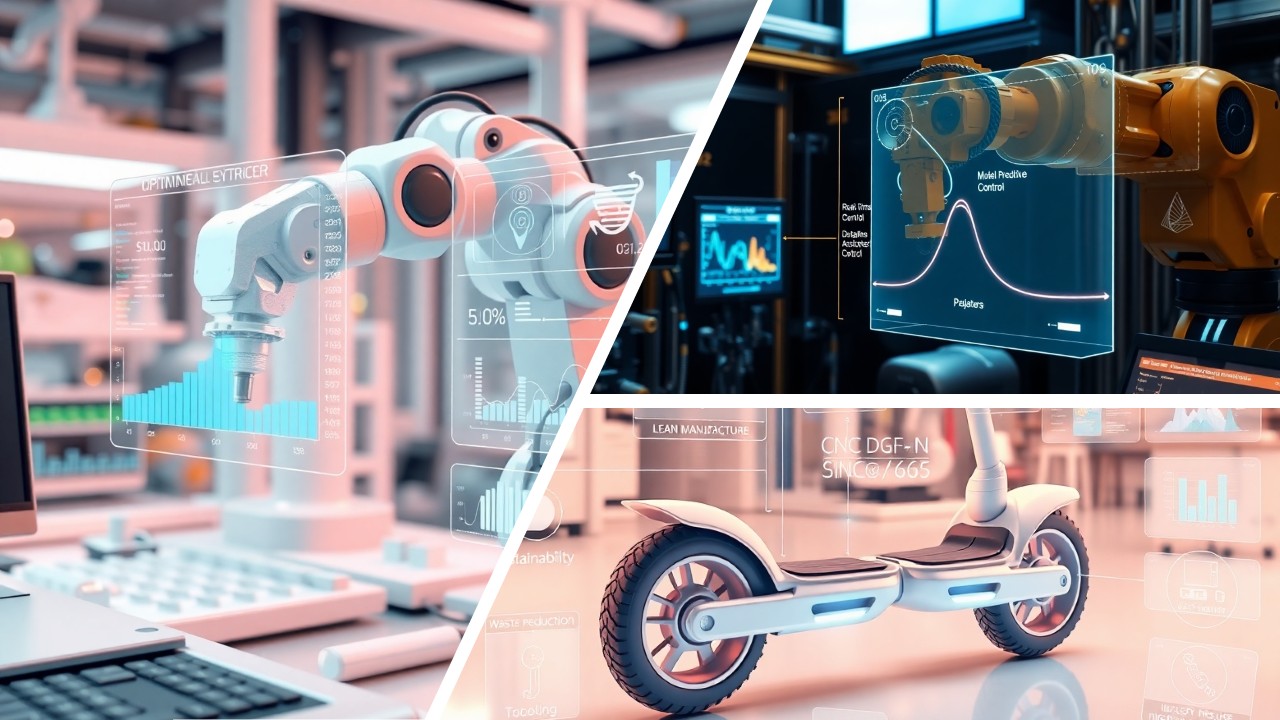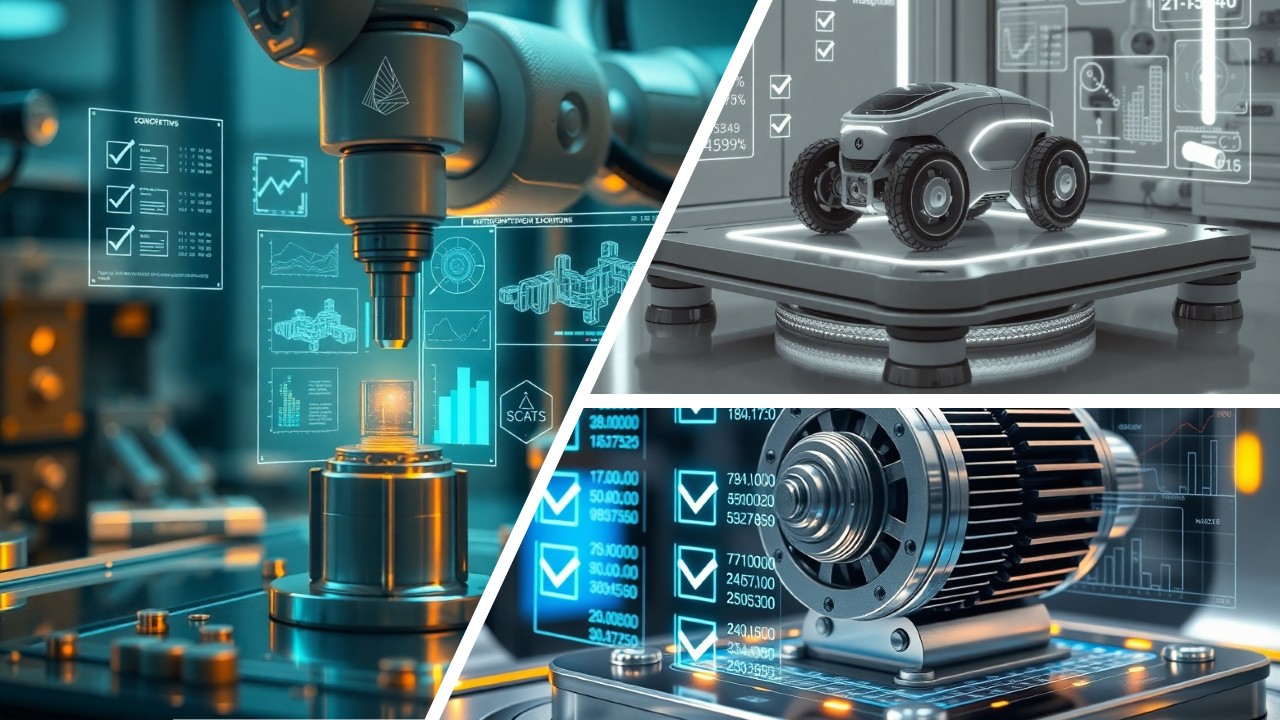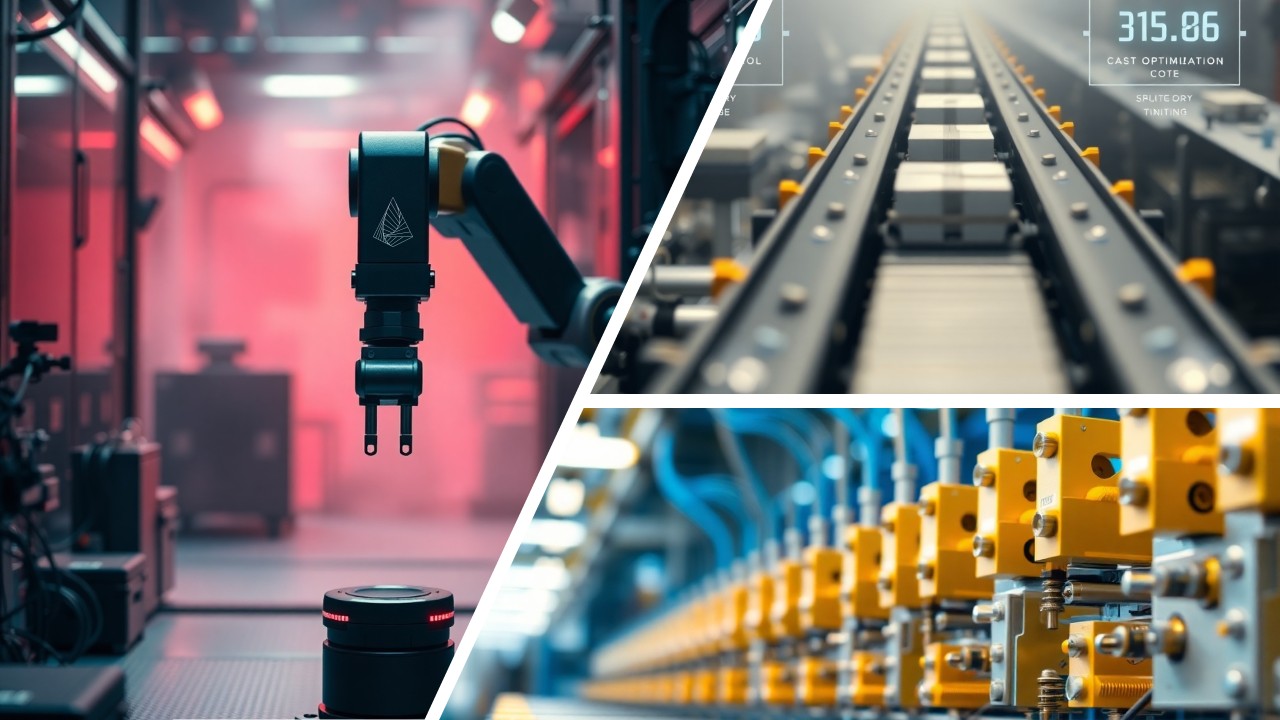Prototype to Production
Concept Feasibility Analysis
Evaluate the technical and market feasibility of your product idea with a focus on creating a Minimum Viable Product (MVP). This involves:
- Analyzing the practicality and functionality of the concept.
- Identifying technical challenges, regulatory requirements, and potential risks.
- Assessing market demand, competition, and scalability of the idea.
- Outlining the core MVP features to minimize cost while ensuring usability and market readiness.
Rapid Prototyping
We specialize in creating functional prototypes or Minimum Viable Products (MVPs) to validate the design, functionality, and performance of your product.
- Custom Part Fabrication: Design and manufacture specific components for product testing or MVP validation.
- Material Testing: Evaluate various materials (e.g., polymers, metals, composites) to determine the best fit for functionality and cost-efficiency.
- Iterative Design Prototyping: Quickly modify and improve designs based on user feedback or performance evaluations.
- Functional Prototyping: Develop working models to demonstrate real-world applications or showcase functionality to stakeholders.
- Appearance Models: Build visually polished models for presentations, marketing, or client approvals.
- Low-Volume Production: Create small batches of prototypes or MVPs for field testing or limited market release.
Design for Manufacturability (DFM)
Design for Manufacturability (DFM) focuses on optimizing product designs to ensure they can be manufactured efficiently, cost-effectively, and at scale. Starting with the MVP (Minimum Viable Product), the process involves evaluating material choices, assembly techniques, and production workflows to minimize waste, reduce costs, and simplify manufacturing.
- Identify and recommend materials that balance cost, durability, and sustainability for specific applications.
- Streamline the design to reduce the number of parts and simplify the assembly process.
- Incorporate lean manufacturing principles to reduce material waste and minimize production costs.
- Develop tooling strategies and workflows to enhance scalability and minimize downtime in manufacturing.
- Build prototypes to test manufacturability, ensuring the design aligns with real-world production constraints.
- Ensure the design complies with relevant manufacturing and safety standards in the targeted industry.
Production-Ready Engineering
Transition the prototype or MVP into a production-ready design by integrating regulatory compliance, testing, quality assurance, and scalability into the process. This ensures that the product meets industry standards and is ready for mass production.
- Ensure the product adheres to relevant industry standards and certifications (e.g., ISO, FDA, CE, FCC).
- Conduct extensive testing to ensure the product is reliable under different conditions and meets performance benchmarks.
- Develop and implement quality control processes, inspection workflows, and defect detection systems for consistent product quality.
- Design and optimize tools, jigs, and fixtures for efficient and accurate assembly during production.
- Recommend and test materials/components to enhance performance, reduce costs, and improve manufacturability.
- Refine designs and processes to move from small-batch prototypes to scalable, high-volume production.
Pilot Production and Testing
Produce a small batch of the product or Minimum Viable Product (MVP) for testing in real-world conditions. This phase refines manufacturing processes, validates performance, and identifies areas for improvement.
- Create a limited production run to validate the product's functionality and reliability.
- Assess the product's capabilities under real-world operating conditions.
- Conduct user trials to gather feedback on design, functionality, and user experience.
- Refine manufacturing workflows to enhance efficiency, minimize costs, and ensure scalability.
- Validate the product’s performance in different environmental conditions, such as temperature, humidity, or rough handling.
- Conduct preliminary regulatory testing to ensure the product adheres to industry standards before mass production.
Scaling to Full Production
Develop and implement a scalable manufacturing process, starting with the Minimum Viable Product (MVP), ensuring the product meets quality, cost, and delivery goals at high volumes.
- Design and implement workflows to enable high-volume production while maintaining quality standards.
- Establish and manage a robust supply chain for materials and components.
- Deploy advanced quality control protocols to ensure consistent product quality across large volumes.
- Minimize production costs through automation, lean manufacturing principles, and process refinements.
- Ensure all production processes and products comply with industry and regional regulations at high volumes.
- Set up systems to continuously monitor production output and incorporate feedback for process improvements.






